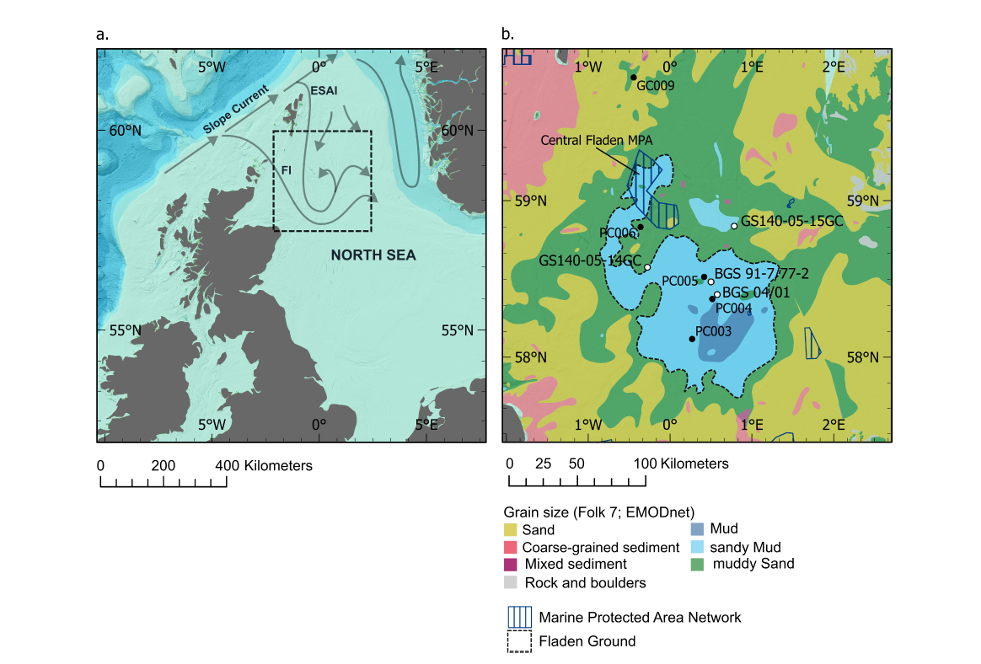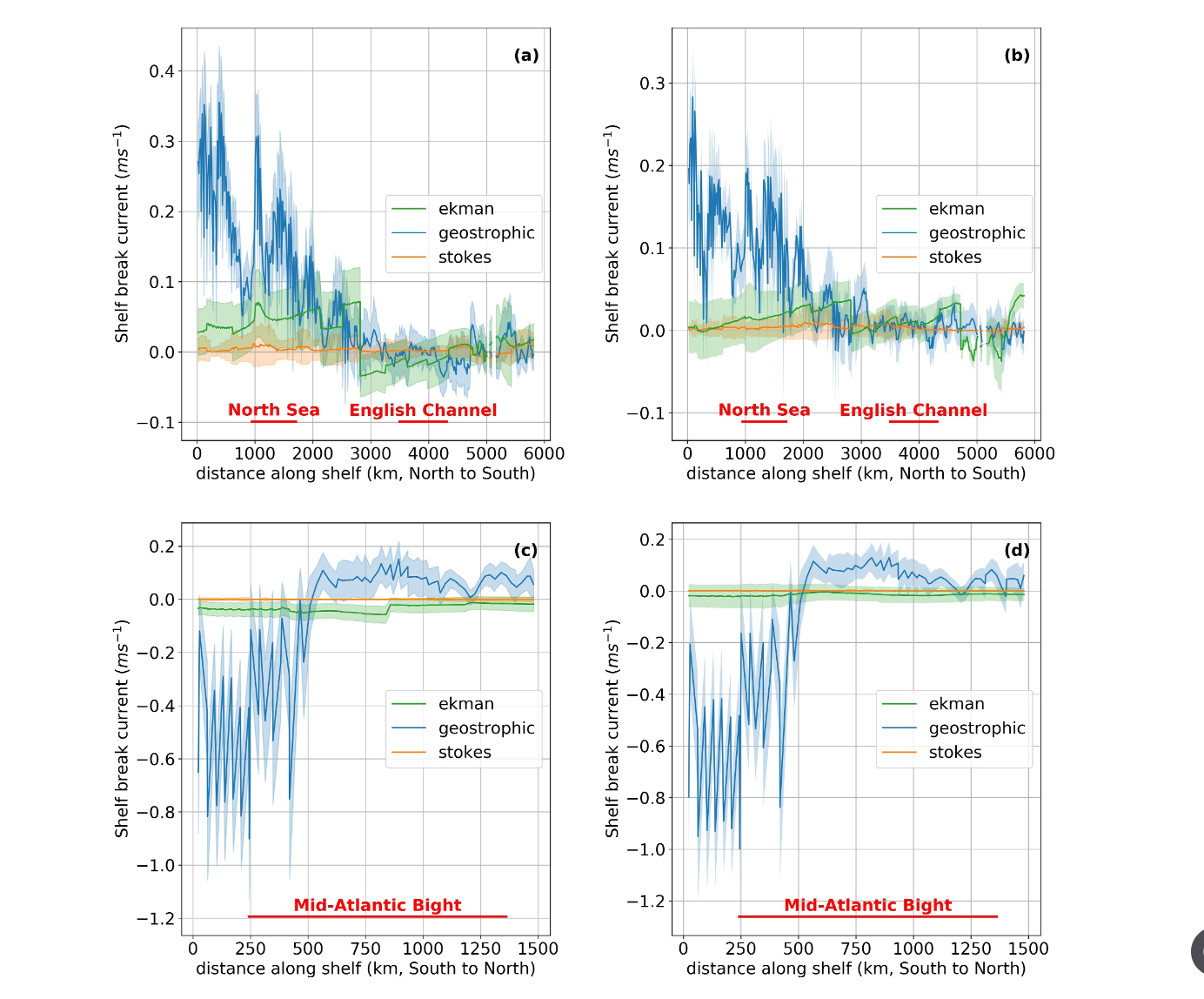Research Portal
A directory of open access Convex Seascape Survey research resources. Here you can download our latest publications and explore our data - from environmental, biological and historical datasets, to maps and photographs, all are uploaded and stored in freely accessible online repositories. We believe in a transparent approach as we advance knowledge in this rapidly-evolving field of blue carbon science.

Vulnerability of blue carbon stocks to disturbance in sediments with low burial efficiency
Continental shelf sediments – particularly soft, muddy habitats – serve as significant reservoirs of organic carbon over glacial-interglacial timescales and are subject to disturbance, notably from mobile bottom fishing gear. The quantity and quality of accumulated organic carbon varies across shelf environments, with muds storing more organic carbon than other substrate types. For effective marine management, it has been recommended that the reactivity, or ‘quality’, of organic matter should be considered when assessing the vulnerability of sedimentary carbon to disturbance. If management interventions are to be made to protect vulnerable organic carbon reservoirs on the seafloor, then it is also important to consider the…


Wind-driven control of shelf-sea CO2 sinks
Continental shelf surface waters are considered a variable but increasing sink of atmospheric carbon dioxide (CO2), but the mechanisms controlling these increasing sinks are unclear. We identify that the winter wind-driven surface atmosphere-ocean CO2 gas exchange and wind-driven movement of water onto (or off of) shelf seas are consistent with the atmospheric CO2 uptake tendency of many shelf seas. A 20-year observational-based analysis shows that geostrophic, wind and wave driven currents all contribute to the surface shelf break water velocities, but the dominance of each is location and season dependent. Analyzing these flows for fourteen shelf-seas based on their 20-year long-term gradient in air-sea partial…


Why we should protect the high seas from all extraction, forever


The role of long-term hydrodynamic evolution in the accumulation and preservation of organic carbon-rich shelf sea deposits
Understanding and mapping seabed sediment distribution in shelf seas is essential for effective coastal management, offshore developments, and for blue carbon stock assessments and conservation. Fine-grained marine sediments, particularly muds, play a key role in long-term organic carbon sequestration, so knowledge of the spatial extent of these carbon-rich deposits is important. Here, we consider how changes in shelf sea tidal dynamics since the Last Glacial Maximum have influenced the development of three mud depocenters in the northwest European shelf seas: the Fladen Ground, the Celtic Deep, and the Western Irish Sea Mud Belt. Using a new high-resolution paleotidal model, we demonstrate how…

